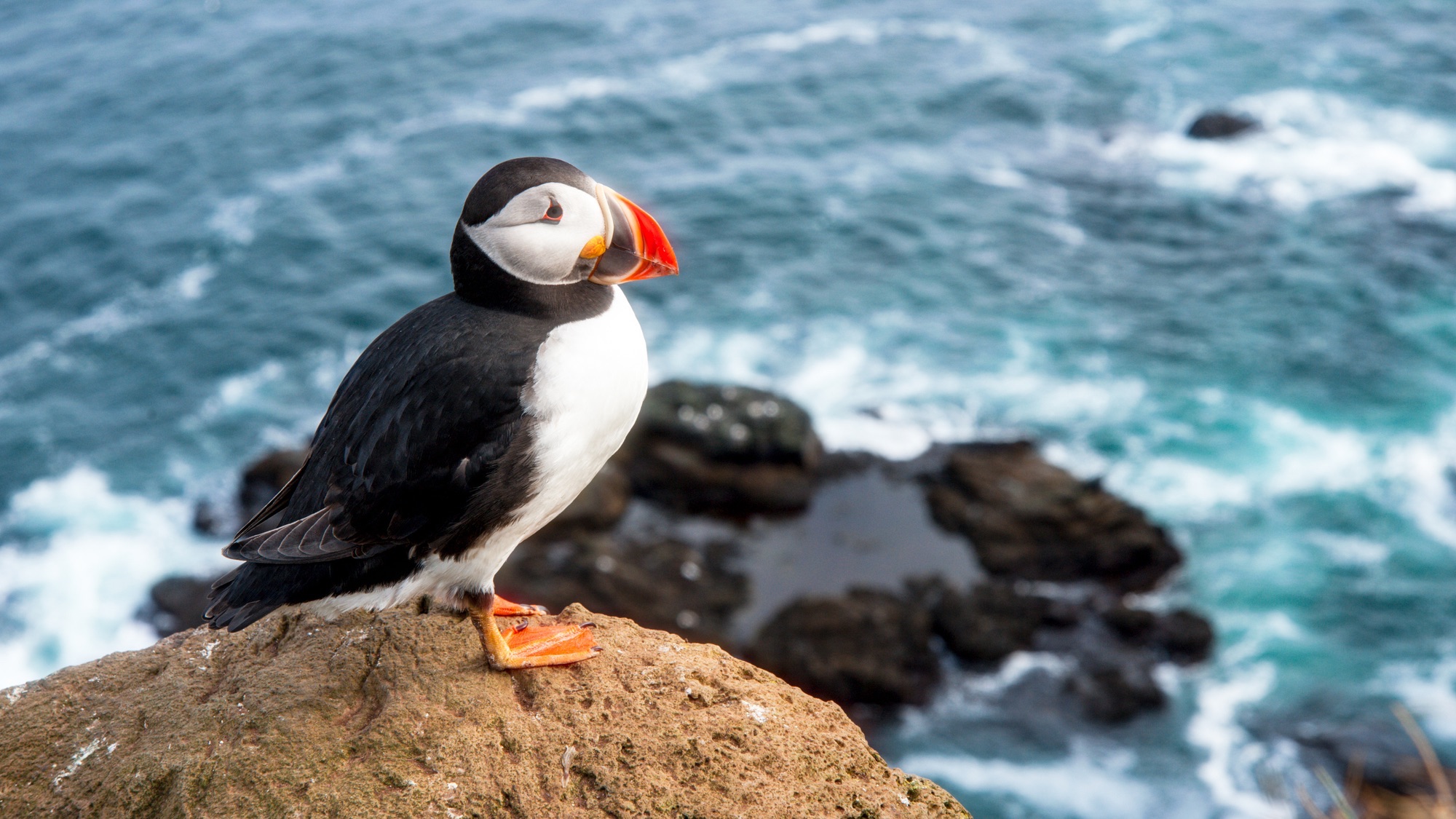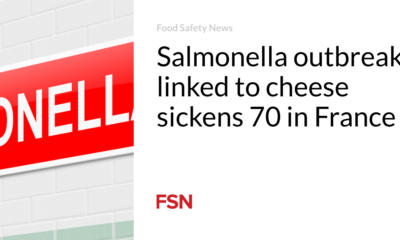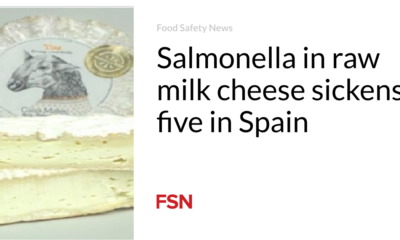Technology
In Iceland it is a good thing that people throw baby puffins

Few birds in the Northern Hemisphere are as striking and easily recognizable as a puffin. With its red-orange, yellow and black beak, striking black and white feathers and eternal puppy eyes, people travel from all over the world to catch a glimpse. But on Iceland’s south coast in August and September you might see more than cameras snapping photos of diving birds; You can also see people casually throwing puffin chicks off cliffs in the dark.
This is puffling season, the time of year when puffin chicks (called pufflings) are ready to leave the nest and spend the next few months on the open ocean.
But climate change and the conveniences of modern society, such as city lights, threaten the birds’ survival. So when vulnerable birds are accidentally distracted and lured inland, some people literally lend them a helping hand by picking them up and throwing the baby birds into the sea in the name of conservation. And biologists agree.
Puffing search and rescue
Here’s what happens this time of year: About six weeks after hatching, a puffling, safely nestled in a den built by its parents in cliffs near the ocean, is ready to leave the nest and head out to the open ocean. to go. The bird uses the light of the moon as a guide for this.
But light pollution from cities near where the puffins nest can disorientate them and instead of heading out to sea to fish and grow strong, the birds end up moving inland where they risk death.
That’s where passionate locals and visitors come in. Armed with gloves and boxes, they go out into the streets at night in late summer to rescue wayward chicks and guide them back to the sea. This is done by either placing them on the edge of a cliff and waiting for them to find their wings, or by gently tossing them – underhand – into the air to encourage them to fly.
All ages appear to help during puffing season. In fact, rescue efforts at this time of year are often a family affair, says Erpur Snær Hansen, director of ecological research at the South Iceland Nature Centre. Children and parents, especially around the town of Vestmannaeyjabær in the Westman Islands, home to the largest colony of Icelandic puffins, go out after dark and patrol the streets. A new moon is when most pufflings are beached due to lack of moonlight. When human helpers track down young birds that have gone astray, they collect them in boxes for easy transport.
Ideally, Hansen says, those who find a puffling would weigh them all and report the findings on the website lundi.is This way the organization can keep track of how many rogue states there are per season. But not everyone who participates does so, making it difficult to obtain an accurate number for research. His best estimate in recent years is that they have been collected in the thousands.
That’s a good thing, he explains, because it means it’s a good year for puffins with strong puffing numbers.
Why throwing puffins is necessary at all
But why go to all the trouble for a few wandering birds? Although puffins are not technically endangered, they have faced numerous challenges that have led conservation-minded people to step in and help. According to Hansen, the average puffin population in Iceland has actually declined by 70 percent over the past thirty years.
While light pollution is perhaps the most visible and easily blamed problem, the rise in sea surface temperatures is the most dramatic factor driving down puffin numbers, Hansen explains. Research shows it is strongly correlated with healthy puffin populations. As in, when sea temperatures rise, puffin numbers decrease. That’s probably because surface temperatures are warmer, resulting in fewer fish, especially sand eels, puffins’ main food source. And no food for adult puffins means no babies.
Hansen says that almost 72 percent of the fluctuations in the puffin population are likely due to changes in ocean temperatures: a change of 1°C up or down, off the long-term annual average, could reduction in puff production by 55 percent.
To further compound the problem, puffins also only lay one egg per year, and only after they are 3 to 6 years old. This rarity, combined with a trend toward what Hansen calls reproductive failure, lack of food, and delayed hatching times, which also decreases a chick’s chances of survival, and the legal hunting of birds in Iceland they all come together to threaten the population. Add to that large groups of pufflings that never reach the sea because they are led astray by city lights, and you have a real recipe for disaster.
Hansen has even suggested that if all factors continue on the same trajectory, puffins in South and West Iceland could become a thing of the past within a few decades. On the positive side, there has been some population growth in recent years, says Hansen. That’s good news, but it doesn’t mean it’s time to relax. Fluctuating ocean temperatures and bird populations both fluctuate, so it’s important to remain vigilant when it comes to protecting the birds. This is especially true during the young season, when the pufflings are vulnerable.

Not a long term solution
Unfortunately, there don’t seem to be many long-term solutions to prevent pufflings from wandering. Although light pollution is a major culprit that distracts birds and tempts them to almost certain demise, “minimizing the light problem is virtually impossible,” Hansen says. For starters, Vestmannaeyjabær may not be a burgeoning metropolis with just over 4,300 residents, but Hansen says even one wandering light is enough to lure the birds in the wrong direction.
There has been some research into whether it is warm-colored light could have a positive impact, but there is no concrete evidence. So in the meantime, it’s all hands on deck to keep these little birds alive and flying off cliffs as nature intended.









